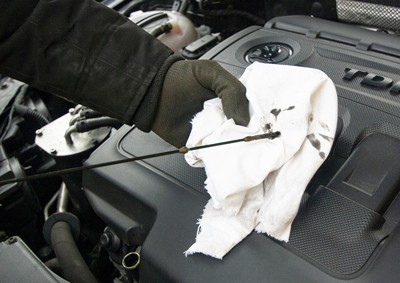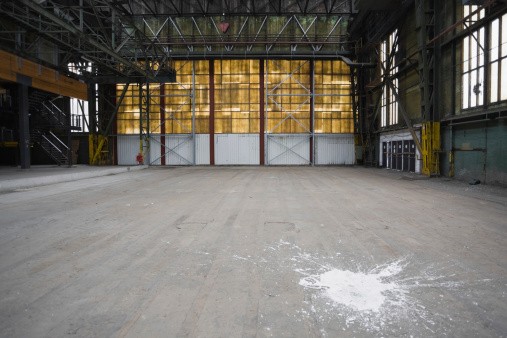When you step out of the shower, reach for the shop towel to mop up a spill, or wipe the sweat from your brow after a vigorous workout, the kind of towel you use can make a big difference. There are a plethora of options on the market, but two of the most popular fabrics for towels are microfiber and cotton. Each material has its unique properties, especially when it comes to absorbency and quick-drying capabilities.
In this article, we’ll delve into the world of towel absorption properties, comparing microfiber and cotton to determine which fabric reigns supreme in soaking up moisture.
Understanding Absorbency in Fabrics
Before we pit microfiber against cotton, it’s important to understand what makes a fabric absorbent. Absorbency is the ability of a material to take in moisture. This property is vital for towels as it affects how well they can dry off a surface or skin. Factors like fiber structure, surface area, and the chemical nature of the fibers contribute to a towel’s absorbency.
The Science Behind Absorption
At a microscopic level, absorbent fibers are characterized by their ability to attract water molecules. Natural fibers like cotton have a high level of absorbency due to their porous nature, allowing water to penetrate and be held within the fibers. Synthetic fibers, like those in microfiber towels, are engineered to increase surface area and create spaces between fibers, enhancing their ability to trap and hold moisture.

Microfiber Towels: A Modern Marvel?
Microfiber is a synthetic material typically made from a blend of polyester and polyamide. The fibers are split during manufacturing, creating a larger surface area and spaces between fibers, which can trap moisture effectively.
Quick-Drying Advantages
One of the most touted benefits of microfiber towels is their quick-drying capability. The split fibers create a capillary action, pulling moisture away and allowing it to evaporate quickly. This makes microfiber towels a popular choice for travel, sports, and in humid environments where quick drying is a must.
Towel Absorption Properties
Microfiber towels are often marketed as being able to hold many times their weight in water. This makes them incredibly efficient at picking up and containing moisture without feeling wet to the touch.
Cotton Towels: The Traditional Choice
Cotton, a natural fiber, has been the go-to material for towels for centuries. The comfort, softness, and excellent absorbency of cotton make it a staple in households worldwide.
Absorbent Fabric Qualities
Cotton fibers are naturally hollow, allowing them to absorb significant amounts of moisture. The fluffy loops you find on terry cotton towels, for example, increase the surface area, enhancing their ability to hold water.
Considerations for Cotton Towel Users
While cotton towels are highly absorbent, they can take longer to dry than microfiber options. This can be a downside in damp environments or when quick reuse is necessary.
The Absorbency Test: Microfiber vs. Cotton
To determine which material is more absorbent, several factors must be considered, such as towel weight (GSM), weave, and the size of the towel.
Towel Weight (GSM)
GSM stands for grams per square meter and is a measure of towel density. A higher GSM means a heavier, more absorbent towel, which applies to both cotton and microfiber.
Weave and Texture
The way a towel is woven affects its absorbency. A tightly woven microfiber towel may not absorb as quickly as a loosely woven cotton terry towel but might dry faster.
Size Matters
The size of the towel can also influence absorption. A larger towel has more fabric to soak up moisture, but it also means more material to dry out.

Practical Considerations for Towel Use in Industrial Applications
When it comes to industrial applications, choosing the right towel involves more than just absorbency and quick-drying capabilities. In environments such as manufacturing plants, automotive workshops, and food processing facilities, towels need to meet rigorous standards for durability, hygiene, and performance.
Durability Under Frequent Use
In industrial settings, towels are often subjected to frequent use and harsh conditions. Microfiber towels, with their synthetic composition, tend to be more durable and resistant to wear and tear compared to cotton. This makes them a suitable choice for wiping down machinery, tools, and work surfaces multiple times a day.
Hygiene and Contaminant Control
Maintaining hygiene is crucial in industries like food processing and healthcare. Microfiber towels can trap microbes and dirt more effectively due to their dense fiber structure, and they can be sanitized easily. Cotton towels, while absorbent, may require more rigorous washing protocols to ensure they remain free of contaminants.
Cost-Efficiency
In high-use scenarios, cost-efficiency becomes a significant factor. Microfiber towels often last longer than cotton towels, reducing the frequency of replacement and thus lowering overall costs. Additionally, their quick-drying ability can cut down on laundry energy costs.
Specialized Uses
Certain industrial tasks require specific towel properties. For example, in the automotive industry, microfiber towels are preferred for detailing and polishing due to their softness and ability to prevent scratching. Conversely, cotton towels may be favored in environments where high heat applications are necessary, as cotton can withstand higher temperatures without melting or degrading.
Environmental Impact
Industrial operations are increasingly prioritizing sustainability. Cotton, a biodegradable natural fiber, tends to have a lower environmental impact in terms of disposal compared to synthetic microfiber. However, the production and lifecycle of microfiber involve fewer water and pesticide uses, presenting a trade-off that industries need to consider.
Choosing the right towel for industrial applications ultimately depends on the specific needs of the environment and the tasks at hand. By weighing factors like durability, hygiene, cost-efficiency, and environmental impact, industries can make informed decisions that optimize their operations.
Environmental Impact and Sustainability
The environmental impact of producing and using towels is another factor to consider. Cotton is a natural, biodegradable fiber, but its production is water-intensive. Microfiber, while not biodegradable, requires less water to produce but can shed microplastics during washing.
Best Practices for Towel Care
To maximize the lifespan and performance of your towels, proper care is essential. Wash towels separately to prevent lint transfer, avoid fabric softeners that can reduce absorbency, and follow the manufacturer’s care instructions.
Final Verdict: Which Towel Absorbs More?
The answer isn’t straightforward. Cotton towels have a high capacity for moisture and can feel more luxurious, while microfiber towels excel in quick drying and are more space-efficient. Your choice will depend on your specific needs and preferences. For sheer absorbency, cotton may have the edge, but for quick-drying and convenience, microfiber is the champion.
Conclusion
Both microfiber and cotton towels have their place in the home and beyond. Whether you prioritize absorption, quick drying, comfort, or convenience, there is a towel out there that will meet your needs. By understanding the unique properties of these fabrics, you can make an informed decision and select the best towel for your lifestyle.
Shop Absorbents Online for Highly Absorbent Blue Shop Towels
Ready to upgrade your towel collection for maximum absorbency and efficiency? Look no further than Absorbents Online! Our highly absorbent blue shop towels are designed to meet all your drying and cleaning needs. Perfect for automotive, industrial, or home use, these towels deliver superior performance and durability. Visit our website today to explore our range of premium absorbent products and experience the difference for yourself. Don’t settle for less; choose the best in absorbency and quality with Absorbents Online!